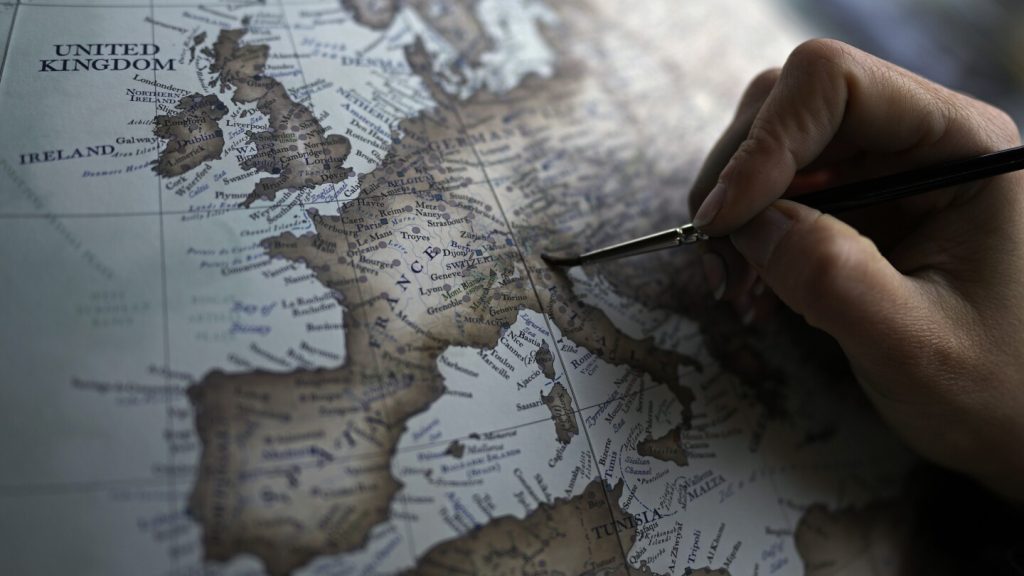London (AP) — Globemaking, an ancient craft that has stood the test of time, continues to thrive in the digital age. London globemaker Peter Bellerby believes that humans have a natural desire to connect with the world around them, prompting the enduring popularity of globes. His company, established after he went into debt to create a globe for his father’s 80th birthday, employs a team of artists, cartographers, and woodworkers to handcraft these intricate representations of the Earth.
Despite the existential and historical appeal of globes, there are practical considerations that come into play during their creation. Bellerby’s company has encountered challenges with customs officials in regions with disputed borders, leading to a realization that globes are not just works of art but also political symbols. The accuracy of globes is also a point of contention, given that they represent a snapshot of the world at a specific point in time, which may be subject to change due to geopolitical shifts and climate change.
The production of Bellerby’s globes is a complex process involving the construction of a sphere and the delicate application of petal-shaped panels called “gores.” Each globe is meticulously painted by artists using a blend of colors to depict oceans, landscapes, constellations, and even mythical creatures like dragons. The globes come in varying sizes and ornamental designs, with prices ranging from 1,290 British pounds for the smallest model to six figures for the larger Churchill model.
While the relevance of globes in the digital age may be diminishing, they still hold a special place as symbols of learning, erudition, and political interests. Some see globes as items of prestige and beauty, while others appreciate their three-dimensional representation of the Earth. Bellerby’s clientele includes a diverse range of customers, from families and businesses to heads of state and private art collectors, demonstrating the broad appeal of these handcrafted masterpieces.
Globemaking is not without its challenges, especially when it comes to accurately depicting geopolitical boundaries on a sphere. Different countries have varying perspectives on territorial disputes, and incorrect representations on globes can lead to customs issues. Bellerby’s company takes a diplomatic approach by marking disputed borders as such, acknowledging the complexity of political sensitivities in globemaking.
The history of globemaking dates back centuries, with the oldest surviving terrestrial globe dating to 1492. These early globes, such as the “Erdapfel” created by Martin Behaim, provided valuable geographical and cultural information, but also reflected the colonial and slave trade practices of the time. During World War II, twin globes were commissioned for leaders like Franklin Roosevelt and Winston Churchill as symbols of power and partnership, highlighting the enduring legacy of globes as tools of communication and diplomacy.


